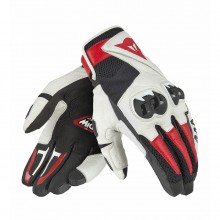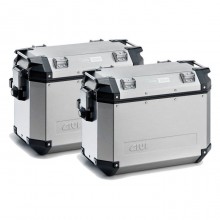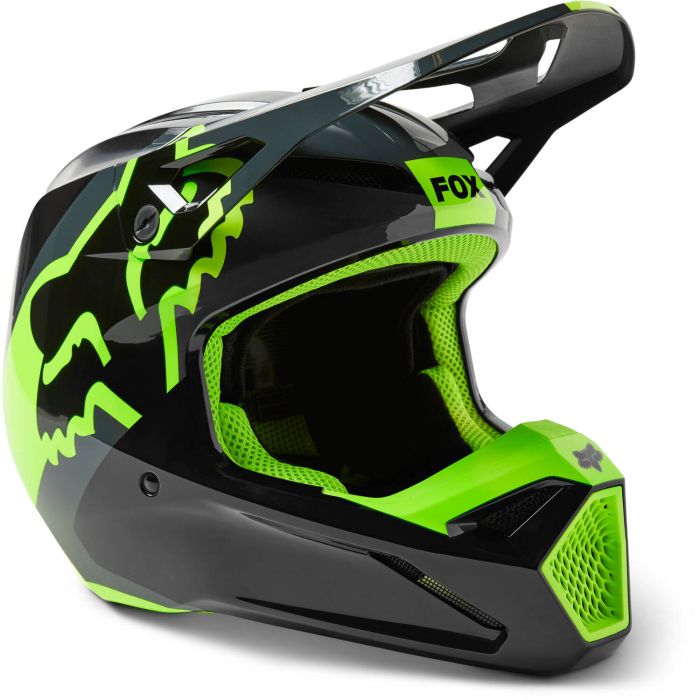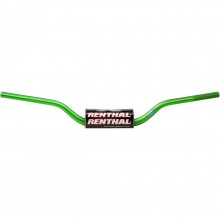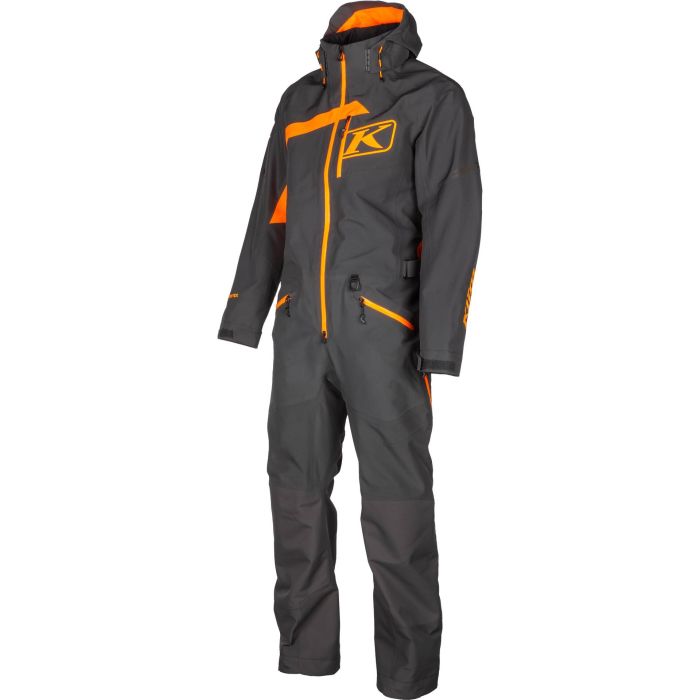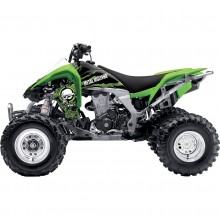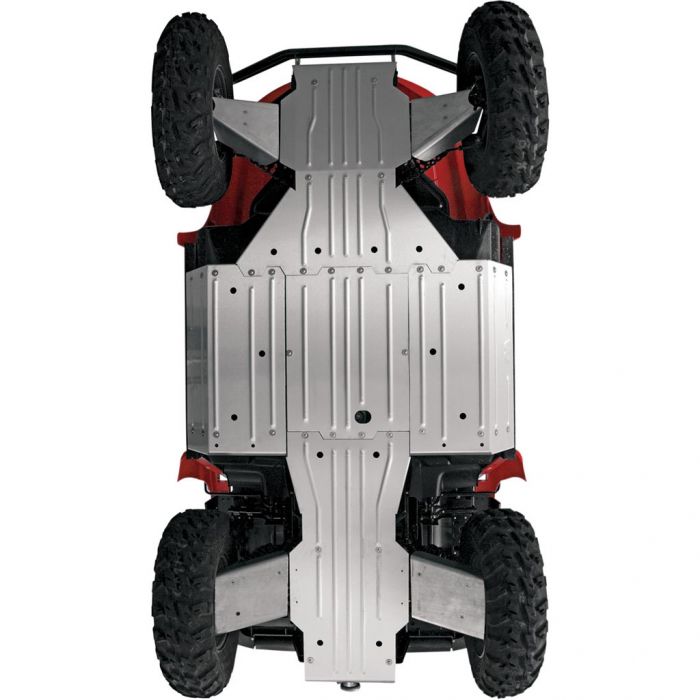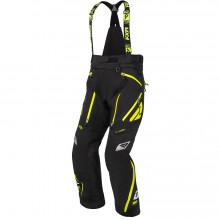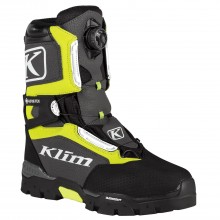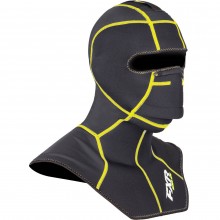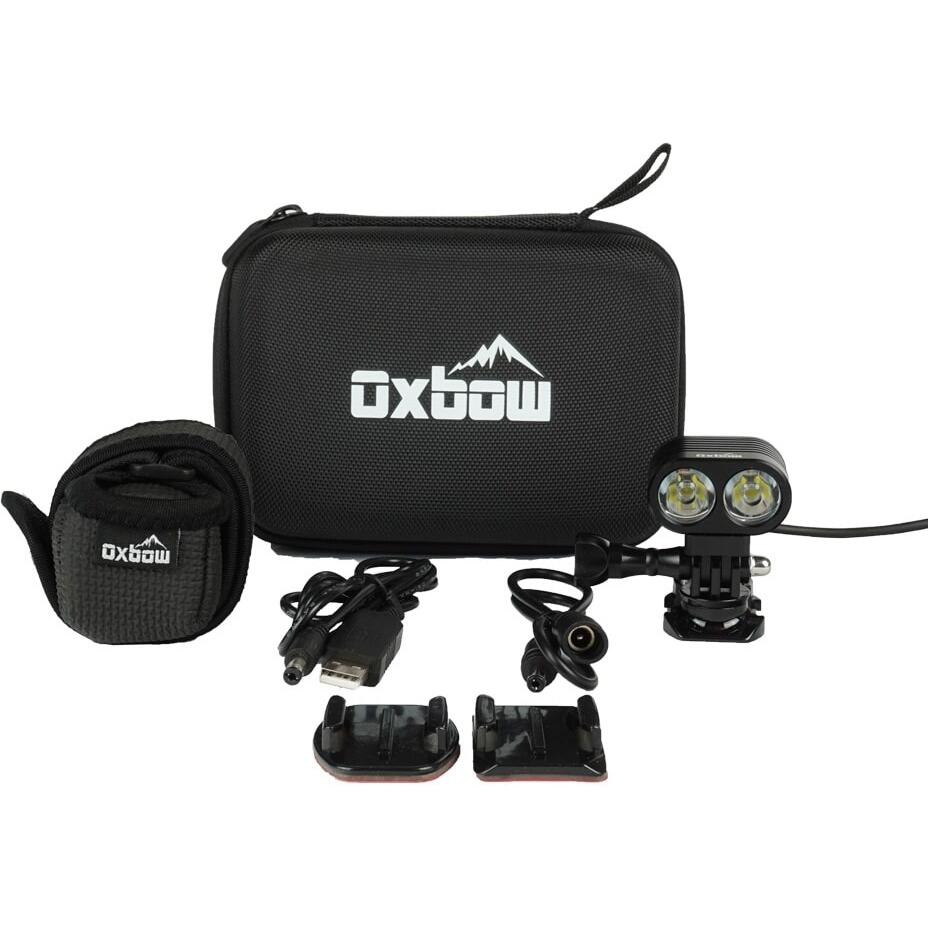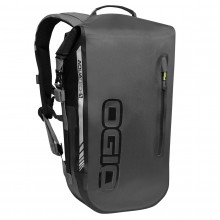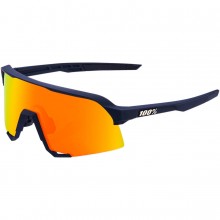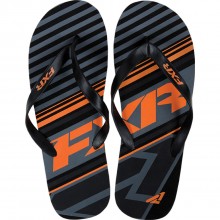The SPOT Trace
It’s really simple – throw this guy under the seat of my motorcycle, and I can track it anywhere in the world using satellite technology. It can show up on google maps and – if I want it to – it’ll send me text messages whenever it moves.
The SPOT Trace would have been some serious James Bond shit in the Sean Connery era. But nowadays, it only costs 120 dollars for the device, plus 100 bucks a year for a service plan. And some of that cost will almost certainly be offset by a cheaper insurance premium.
So, if I wake up to an empty parking space, I can check my phone and see exactly where my stolen motorcycle is hiding. There’s also the added benefit of safety. Let’s say I don’t come home from a ride one night. Then my wife can go online and see where I’ve broken down.
Remember that the SPOT Trace is an anti-theft device first. If your main priority is tracking GPS routes or sending emergency signals, SPOT makes a couple other units that are better suited. The Gen 3 comes to mind.
Now, tech specs. The SPOT Trace has an IPX7 waterproof rating, meaning I could hold it a metre under water for 30 minutes and it wouldn’t be damaged. It functions from -30 to +60 degrees Celsius, which is pretty much the range in which I can function on a motorcycle. And the satellite tracking works from 100 metres below sea level to 6500 metres above it.
That’s about a kilometer and a half higher than Canada’s tallest peak at Mount Logan. So again, not likely to be a problem for motorcyclists.
I did notice two hiccups when playing around with this guy. For one, it’s powered by 4 AAA batteries that can last up to 18 months. But if I’m tracking a constantly moving target with a dodgy satellite connection, the SPOT Trace can also drain its charge in less than a week.
The other hiccup is that, when the SPOT Trace is left out of satellite range for a long period of time, it powers down. So make sure it can still communicate from under the seat of your motorcycle and avoid parking indoors. Otherwise it’ll just turn itself off and sleep through the entire theft. Next up is the 150-dollar Sena GP10 Bluetooth Audio Pack.
Like pretty much every MotoVlogger, I use a GoPro. Now this guy takes great visuals but if I want to narrate what it sees, then I have to get a microphone into my helmet to record my voice. And that means having to patch pictures and words together in post production.
The GP10 simplifies that process. I just snap it onto the back of my GoPro, use the little adapter to link the two together, and turn it on.
It takes the audio from my Bluetooth comm system, and lays it over the GoPro’s video in real time.
Obviously, I have to own a few things for the GP10 to work. I need a Hero3, Hero3+ or Hero4 camera for it to mount onto, and I need some kind of Bluetooth communication system on my helmet – Sena, Cardo, Uclear … whatever. If I do use a Sena, there’s the added benefit of being able to record not only my voice, but also the voices of other riders that my comm is connected to.
Now, this little side adapter means that my GoPro will no longer fit inside its regular case. So I had to buy a widened waterproof housing separately. Sena charges 50 bucks for this, which is absolute robbery for a plastic box, but at least it saves my GoPro and GP10 from rain drops and bike drops.
The GP10 has a lot of features, but I only find three of them useful. One – it can record in normal or HD voice mode. Two – it can relay my voice back through the speakers in my helmet so I can make sure that I don’t sound stupid. And three – it can record ambient noise on top of my voice, if I so desire.
The battery on the GP10 is independent from the GoPro, and it’ll do 3 hours of talk time and 3 days on standby. The only downside is that, because this is typically exposed on my helmet or my bike, it’s really affected by the cold. I was motovlogging in about 6 or 7 degrees last fall, and I had maybe an hour before the battery on my GP10 died.
Keeping with the MotoVlog theme is my next favourite piece of tech: The Drift Time Lapse.
When we’re looking to add something special to our motorcycle videos, we reach for something like this. It’s basically a glorified egg timer – you just turn it, and it’ll rotate back 360-degrees in 60 minutes.
It’s very simple, but the effect is profound. This is a time lapse we recorded in our customer service department and it was super easy to do. We just stuck a GoPro Hero4 Session to the top of the Drift, and then recorded about 30 minutes of video while it rotated around.
Compatibility is wide open with this thing. Of course it’s made to work flawlessly with Drift’s own action cams. But we were able to mount our regular camera onto this ¼-inch screw, no problem. And if I bought a GoPro tripod adapter for all of five dollars, that would fit onto here as well.
With a ¼-inch female end on the bottom of the Drift Time Lapse, I can also put the whole thing onto a tripod.
For 36 bucks, I can’t see a reason not to love this. It’s sturdy, it’s simple, it’s super fun to experiment with.
And finally, my number one piece of motorcycle tech – the Xena XX-Series Disc Lock Alarm.
Disc locks make a lot of sense. I just place it over my rotor, lock the pin through one of the holes, and this bike isn’t rolling anywhere.
You’re probably wondering why a big hunk of steel topped my moto tech list. Well, the Xena is cleverer than it looks. This is fitted with a 120-decibel motion alarm. So if the thieves try to hoist my bike into the back of a truck, they’re going to hear about it.
And If I forget that it’s on there and try to go for the most damaging 2-foot ride of my life, I’m going to hear about it too. The Xena will go off with the slightest nudge.
To give you an idea what this sounds like, 120 decibels is right at the cusp of the pain threshold. In fact, the World Health Organization considers exposure for longer than 7 seconds to be inhumane. Too bad I have to wait 15 seconds for the alarm to automatically shut off and re-arm itself.
The Xena is a single monoblock of chromoly, so it’s built like a brick shithouse. The pin is 10mm of carbide-reinforced steel and it locks in two separate places. The keyhole is specially designed to resist lock-picking and Nitrogen freeze-spraying, just in case James Bond tries to steal my motorcycle. And I get three keys included in the box, plus a little tool for removing the alarm module and accessing the battery.
The battery should last about 12 months by the way, unless people try to steal my bike every night.
And that’s it for my favorite moto tech! As always, product links are down below and thank you very much for watching.



